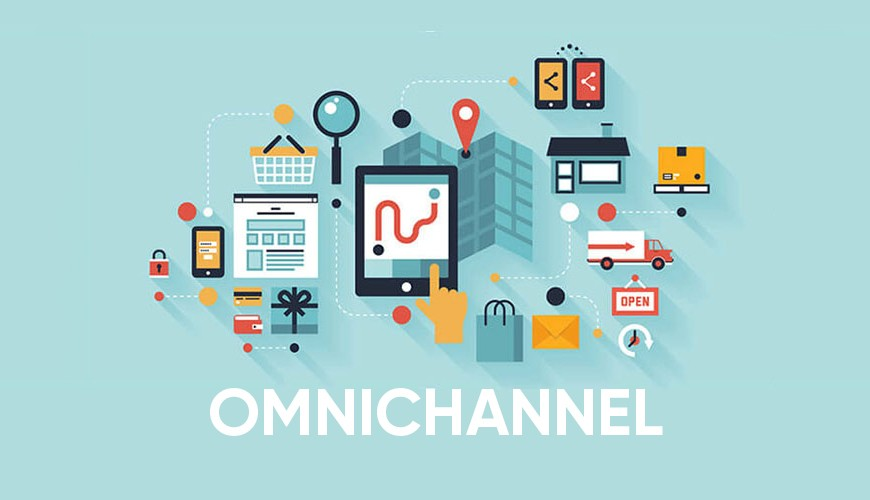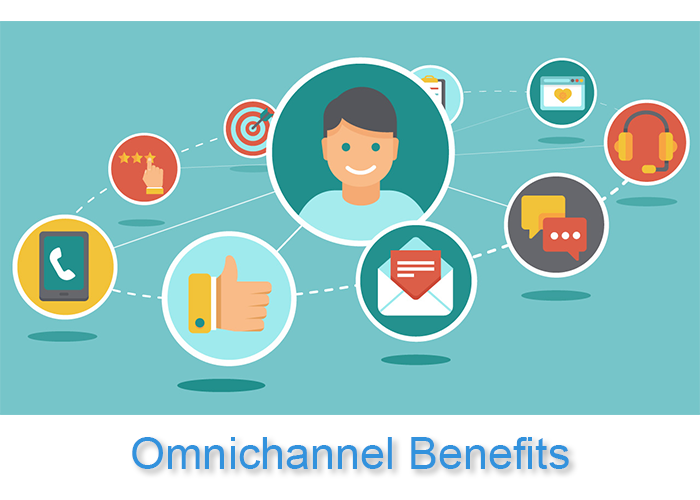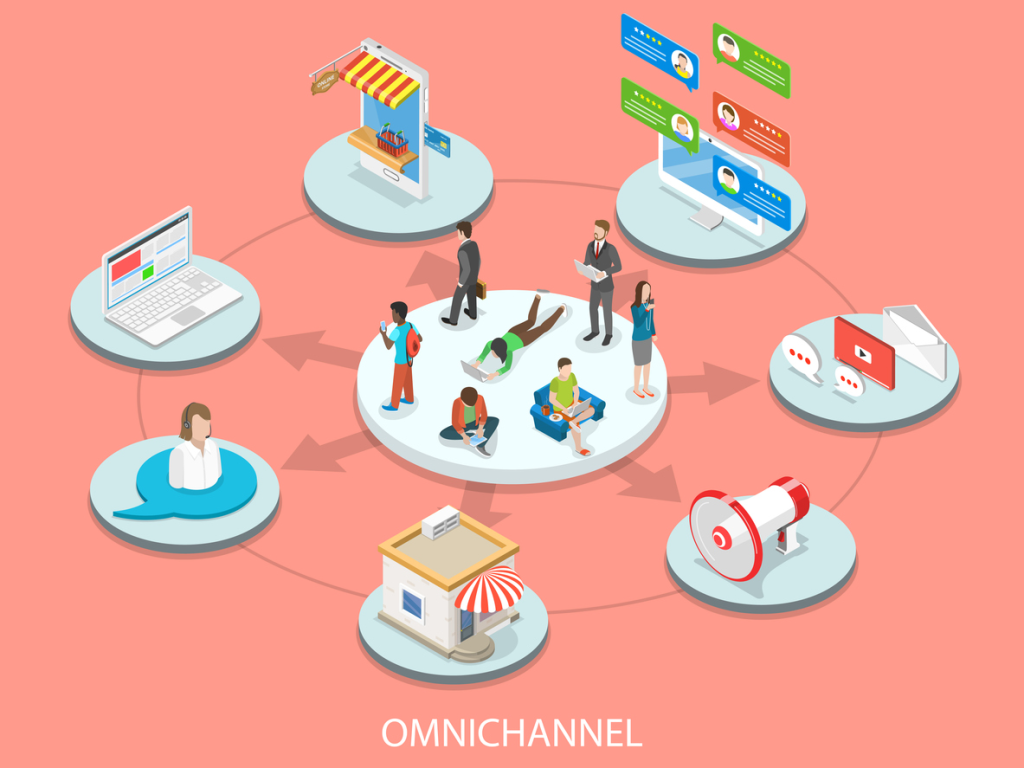In today’s digital age, omnichannel marketing has become a crucial strategy for businesses to reach and engage customers. Here are some examples, benefits, and tips for implementing an effective omnichannel marketing approach.

I. Examples of Omnichannel Marketing
1. Disney
Disney is a prime example of a company that excels in omnichannel marketing. Their website is fully responsive and works well on mobile devices. Their streaming platform, Disney+, has a similar look and feel across multiple devices such as TVs, computers, mobiles, tablets, and game consoles. In their theme parks, guests can use the mobile app to locate attractions and check wait times. The MagicBands they provide allow visitors to check in at fastpass+ entrances, enter parks, unlock hotel room doors, and more. It’s a seamless experience that spans across various channels and touchpoints.
2. Starbucks
The Starbucks Rewards app is another great example. Customers can use the app to order ahead and pay at participating locations, track their stars and rewards, find stores, and redeem offers. They can also check and reload their rewards cards via the phone, website, in-store, or on the app. This integration of online and offline channels provides convenience and enhances the customer experience.
3. Sephora
Sephora connects online purchases with in-store visits. Shoppers can use a tablet to access their “beauty bag” account while shopping in-store. They can look up product details, virtually try on beauty items, and add products to a wish list, which they can then purchase through the app. This integration of digital and physical channels allows customers to have a more personalized and convenient shopping experience.
II. Benefits of Omnichannel Marketing
1. Improved Personalization
By integrating data from multiple channels, businesses can gain a deeper understanding of their customers’ preferences, behaviors, and purchase history. This enables them to send personalized messages, offers, and product recommendations, which can increase customer engagement and loyalty. For example, a customer who browses a particular product on a website may receive an email or push notification about that product when it goes on sale.

2. Enhanced Customer Loyalty
When customers have a seamless and consistent experience across all channels, they are more likely to become loyal to a brand. Omnichannel marketing allows businesses to build stronger relationships with their customers by providing them with convenient and personalized service. Loyal customers are not only more likely to make repeat purchases but also more likely to recommend the brand to others.
3. Increased Sales and Revenue
By offering customers multiple ways to interact with the brand and make purchases, businesses can increase their sales and revenue. Omnichannel marketing allows customers to shop whenever and wherever it is convenient for them, whether it’s online, in-store, or through a mobile app. This flexibility can lead to more purchases and higher customer lifetime value.
III. Tips for Implementing Omnichannel Marketing
1. Map the Customer Journey
Understand how your customers interact with your brand across different channels and touchpoints. Create a customer journey map to identify the pain points and opportunities for improvement. This will help you design a more seamless and personalized experience for your customers.
2. Integrate Your Channels
Ensure that your online and offline channels are integrated and work together seamlessly. This includes sharing data between channels, such as customer information, purchase history, and preferences. For example, customers should be able to access their online order history in-store and vice versa.
3. Provide Consistent Branding
Use the same logos, colors, fonts, and tone of voice across all channels. This will help customers recognize and remember your brand, and create a sense of trust and familiarity. Consistent branding also helps to reinforce your brand values and messaging.

In conclusion, omnichannel marketing offers numerous benefits for businesses, including improved personalization, enhanced customer loyalty, and increased sales and revenue. By studying successful examples like Disney, Starbucks, and Sephora, and following the tips provided, businesses can create a more effective omnichannel marketing strategy and gain a competitive edge in the market.



